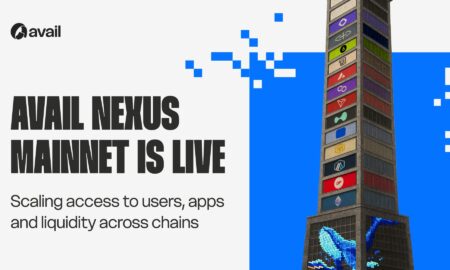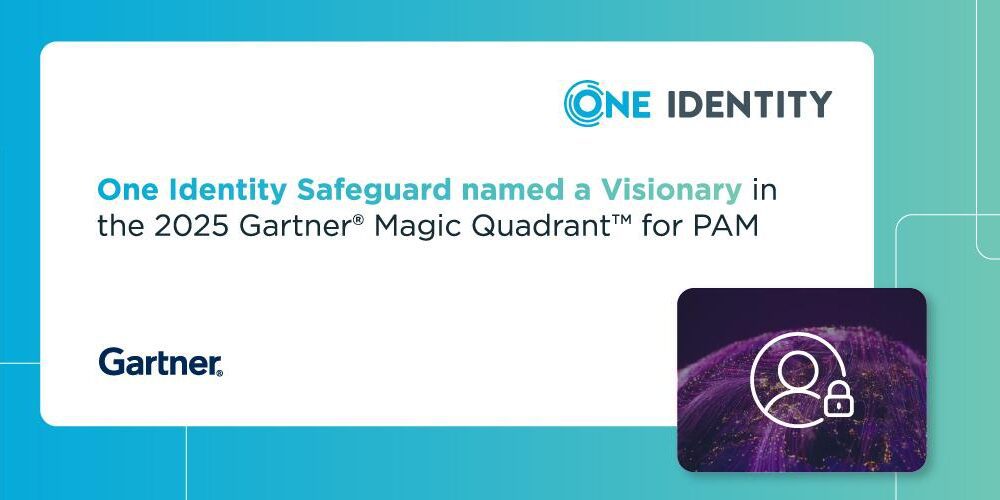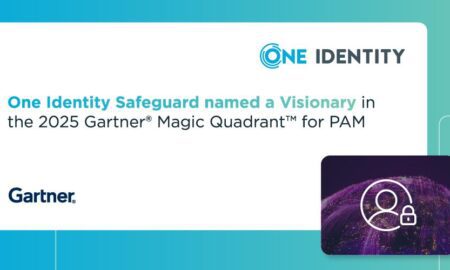Most people with great ideas never build their own web apps. Not because their ideas lack potential, but because the traditional development path feels complex. Coding, debugging, deployments, APIs and databases often sound like an entirely different language. And hiring a full engineering team can be too costly for early-stage projects.
This is exactly why the no-code movement has become so important. It gives everyday creators, founders, designers and teams the ability to build functioning web apps without needing deep technical experience. You no longer need to write every line of code or understand how the backend works. Instead, platforms designed to simplify the entire journey make the process accessible to anyone willing to think creatively.
One of the biggest drivers of this shift is the rise of tools that behave like a web app builder, offering guided creation and automation that removes the overwhelming parts of development. But the evolution goes even further than drag-and-drop editors.
Today, the most advanced platforms merge intelligence, structure and automation into one unified flow. These intelligent systems operate like a Vibe Solution Platform, helping you think through your idea, shape it into screens and make it production-ready with far less effort.
This new generation of platforms changes how we build and who can build. And platforms like Rocket.new sit right at the heart of this movement.
Why Traditional App Development Was Out of Reach
Before no-code became mainstream, building a web app typically required a clear set of technical skills: front-end coding, backend logic, API wiring, database creation, and understanding deployment environments. Even a simple user login system could take days of coding and reviewing.
The path looked like this:
- Plan each screen with wireframes
- Write HTML, CSS, JavaScript, or frameworks
- Build backend APIs
- Write validation and logic
- Set up a database
- Test and debug
- Configure hosting and deployment
- Fix issues after launch
For trained developers, this is normal. But for non-technical creators, every step introduces friction. Many people simply give up before they start, even if their idea has strong potential.
The purpose of no-code was to lower the barrier. But the new wave of platforms is doing even more: it’s smoothing out the entire journey, not just one part.
The Rise of No-Code and Why It Works So Well
No-code tools grew because they answer a simple need: make app creation faster and easier. You shouldn’t need to master syntax or engineering concepts just to test an idea. You shouldn’t need months to launch a basic product. You shouldn’t need a full development team to build an MVP.
No-code changed the narrative in four key ways:
1. Visual building replaced complex coding
Instead of typing lines of code, you work with clean visual interfaces. You build by selecting components, choosing actions and arranging layouts.
2. Automation handles repetitive tasks
Actions like connecting databases, managing states, validating input or deploying the app are automated.
3. Templates give you a running start
You no longer start from a blank screen. Pre-built layouts help you launch prototypes or full apps in half the time.
4. You build faster and more confidently
The lack of technical pressure allows creators to focus on shaping their ideas rather than worrying about errors.
This alone made no-code a game-changer. But now, the experience has become even more intelligent.
Where the Vibe Solution Approach Changes Everything
While classic no-code tools simplified the front-end, they often left users wondering what to build first or how to structure an app for real use. Not everyone knows how many screens an app needs or what the flows should look like.
This is where the idea of a Vibe Solution Platform becomes valuable. Instead of giving you only building blocks, it helps you build with clarity, intent, and guidance. It works alongside you, interpreting your idea and giving you the right structure and flow from the beginning. You don’t spend hours trying to figure out how everything should connect because the platform points you in the right direction.
You can describe your idea in simple language and the platform translates it into:
- Screens
- Layouts
- User flows
- Essential features
- Suggested logic
That kind of support makes a huge difference when you have a strong vision but not the technical experience to break it down.
How Modern Platforms Like Rocket Support Non-Technical Builders
To understand how web apps are built today with no-code, it helps to look at how platforms that follow this approach work. Platforms like Rocket.new simplify development by letting you create screens, flows, and logic through guided actions rather than coding.
Here’s how that feels for a creator:
1. Your idea gets analyzed and structured
Instead of you mapping everything manually, the platform helps interpret what you want to build. It breaks the idea into parts and gives you an organized starting point. The platform identifies what features you likely need and generates a foundation for your app.
2. Ready-made screens give you instant progress
You don’t need design skills to make your app look clean. Screens are created based on your concept and you refine them visually. This builds confidence early in the process because the app looks real right away.
3. Logic setup becomes a guided experience
Every app needs actions and rules. A modern system lets you choose these options through suggestions rather than coding them line by line. You tap into a structure that makes sense without needing to understand programming terms.
4. Integrations become easier
Connecting external tools or databases can be complicated in traditional coding. But in a guided no-code environment, the platform sets up the required structure for you while keeping the process simple.
5. Deployment happens without technical setups
You don’t worry about servers or configurations. Your app can go live with a simple deployment action. This level of simplicity is what allows non-technical creators to move faster.
The experience shifts you away from thinking like a developer and toward thinking like a problem-solver.
Who Benefits Most From This Approach
While no-code is useful for anyone, certain groups gain tremendous advantages from it.
Entrepreneurs
You can bring an idea to life without waiting for investors or developers. You can test your concept, gather feedback and make improvements with full control.
Small businesses
Businesses can create internal tools, booking systems, CRMs or dashboards without hiring large teams or purchasing expensive software.
Designers
Designers can go beyond visuals and create fully interactive apps that clients can use, making their work more valuable.
Teams moving fast
Teams that need to build quickly benefit from a workflow where development happens in smooth iterative stages.
Students and beginners
Building apps is no longer reserved for experts. Anyone can use a web app builder to learn the basics of product development.
How These Platforms Make Complex Tasks Feel Simple
The biggest achievement of modern no-code systems is not the removal of code. It’s the removal of complexity.
Here are some examples of how they simplify the hardest parts of development:
1. Data handling becomes understandable
Instead of manually creating tables and schemas, you select the information you want to store and the platform prepares your structure.
2. User authentication is ready to use
Sign-up, login and profile systems get set up for you. You choose the flow and the platform manages the logic.
3. App logic is broken into clear steps
Actions, conditions and outcomes are described in human language. You choose what should happen next.
4. Error prevention happens automatically
The platform catches conflicts early so you don’t end up with broken flows or missing connections.
5. Updates don’t require major rewrites
You can add new screens or features without affecting the whole system. This is one of the biggest long-term benefits.
By simplifying these complicated areas, the platform allows even non-technical builders to create apps that feel well-structured and reliable.
Where Web App Builders Fit in the Bigger Picture
A modern web app builder gives you the confidence to build, even if you’ve never written a line of code. It provides structure, visual editing and the essential tools to shape your ideas. When combined with the intelligence of a Vibe Solution Platform, you get an experience that feels guided, approachable and powerful.
Instead of starting from scratch, you are supported at every stage of the journey.
A New Way of Building Has Arrived
It’s clear that no-code is not just a trend. It’s a shift in how technology is created. The ability to build apps without expertise opens opportunities for countless people who never imagined they could create digital products on their own.
Platforms using a Vibe Solution approach take this even further. They blend idea interpretation with guided creation, allowing you to smoothly and confidently move from concept to a functioning web app. And with tools operating like Rocket.new, the process becomes even more intuitive.
You no longer need to wait for developers. You don’t need to worry about coding mistakes. You don’t need a long timeline before your idea becomes real.
You only need a vision and the willingness to shape it.
Final Thoughts
No-code has unlocked a new era of accessibility. A world where anyone with an idea can build. With smart platforms that guide you through structure, logic and deployment, the barriers that once held back creators are disappearing.
Tools that combine the simplicity of a web app builder with the intelligence of a Vibe Solution Platform make app development feel natural. They turn complicated processes into a friendly experience and give non-technical users real power.
This is the future of building. And it belongs to everyone.



































